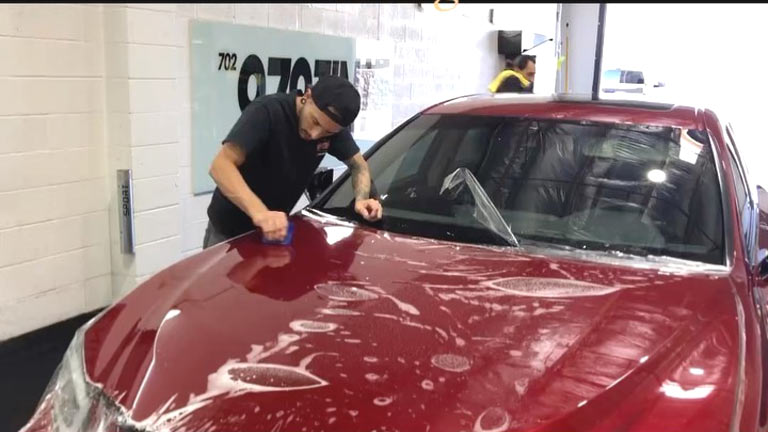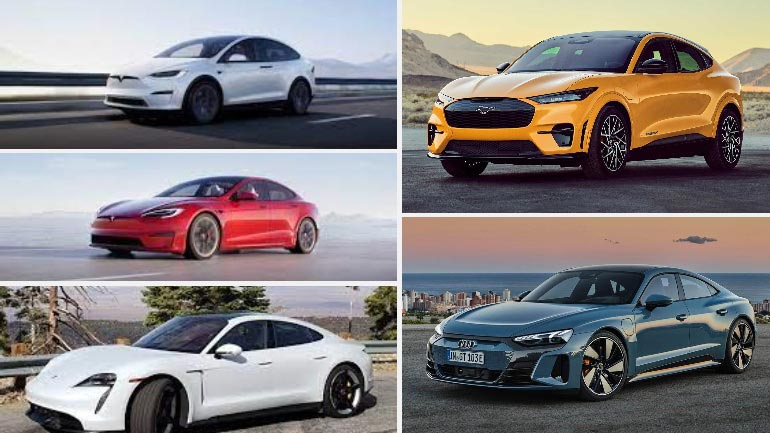
You might have heard of waterless car washing before but you might only have a vague idea about what it is and how it works, or why it might be a better option for you and your vehicle.
It’s essentially a very effective and eco-friendly option that will save you and the planet a lot of water, and according to many experts, waterless is the future of car washing.
What is a waterless car wash?
Waterless car washing (also called spray-on car wash, or dry wash) is an eco-friendly and efficient cleaning method that allows us to achieve similar or even better results than conventional means, while also saving up on a lot of money and water. It is gaining more and more popularity each year, as more car specialists are starting to prefer it because of its numerous efficiency and eco-friendly advantages. Also, the amount of water being saved is especially important to places in the world where there are no natural water resources.
How does it work
Waterless car washing is the ideal option for when there’s a low to medium amount of dirt. The method uses high lubricity sprays which are far more efficient than regular soap, thus compensating for the lack of water.
Using a few quality microfibier cloths (800 grams per square meter) and a potent but safe chemical formula, the cleaning process easily encapsulates and removes the dirt and dust particles, just like normal water wash would work, but without wasting tons of the precious liquid.
A common misconception is that this process causes scratches to your car, but that could only happen if you use cheap products or improper cleaning techniques. You can either do it yourself, go to a car wash, or if you want to save yourself some time use a mobile car washing service instead.
To properly clean your car yourself you should always buy and use at least several high-quality microfiber cloths and a VOC compliant product, that doesn’t contain silicone. Make sure to always clean in one direction and to never use circular motions (for that will spread the dirt, not clean it). Never use a dirty cloth to clean your car as you risk scratching it. To avoid damaging the paint, also make sure that you aren’t pressing too hard.
Advantages of using a waterless car wash
The obvious number one advantage is saving up on water. It’s also a preferred option for some parts of the world where water is sparse and must be conserved, as this process doesn’t lead to direct waste. Waterless washing also prevents many harmful compounds from flowing to and being absorbed by the soil, thus aiding the environment, unlike regular car washing.
The waterless method is also just as (if not sometimes even more) effective than the conventional ones, and it even allows your car detailer to service your vehicle in narrow spaces. It also won’t cause scratches that might occur, if a car’s being washed with water jet spray.
Is it really eco-friendly?
Washing our cars using conventional methods will result not only in wasting a lot of water but in all that dirty water also getting mixed with residue from the exhaust fumes, oil, as well as gasoline, which all ends up being absorbed by the soil. With the waterless car washing method, the only water you’ll need is washing the microfiber towels that you have used, which makes it the more-eco friendly option by a longshot.
When choosing which product to buy, unless you are a detailing expert yourself, go for the ready-to-use option, while also making sure it’s VOC compliant, and that it doesn’t contain silicone, in order not to damage your paintwork.
Average water consumption for cleaning a car
Now, let’s explore how much water is used on average when cleaning a car:
- A car washed at home with a garden hose uses around 300 litres of water;
- A car washed at the local car wash site can use up to 200 litres of water depending on the method;
- A car washed at an automatic car wash could use only 45 litres of water provided that the used water is recycled;
- A car cleaned with the waterless method could take as little as 500ml. of water.
Clearly, that’s a lot of water. So unless your car’s really dirty, you can save up a lot of this precious resource simply by opting for the waterless method.
Conclusion
The waterless car washing method is easy and leads to quick and amazing results, and with its eco-friendly and efficient characteristics, it makes it the preferred choice for many people when cleaning mild to medium amounts of dirt on their cars. Many car experts claim that it is the future of cleaning, and hopefully, if you’ve tried and tested it, you can agree as well.




